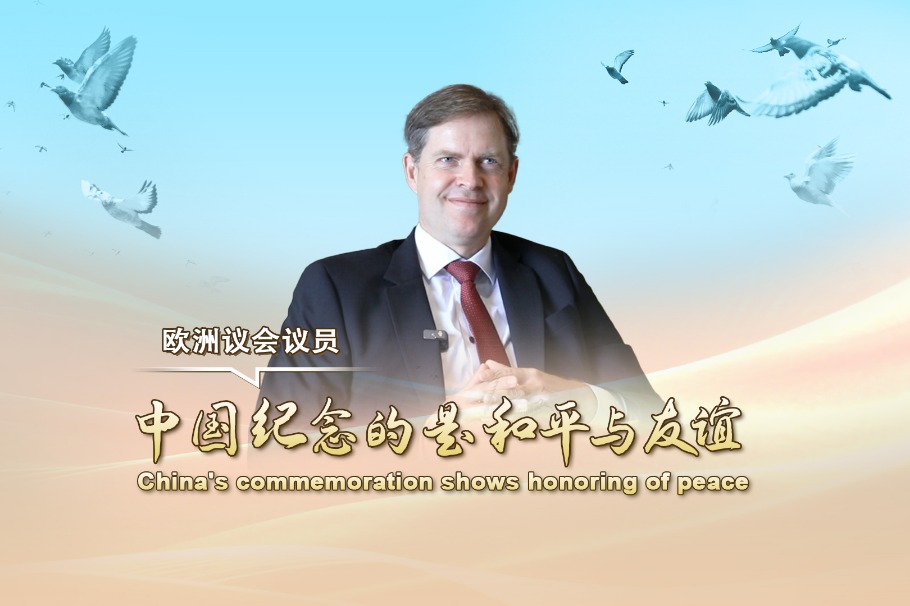Grassroots soccer fever spreads across nation
Suchao's success inspires other provinces, cities to set up amateur leagues






An innovation
"The popularity of the Suchao is a remarkable development in China's grassroots sports scene," said Michał Dahl, an associate professor from Alberta International School of Recreation, Sport and Tourism of Beijing Sport University.
"It has rightly gained attention not only across the country but internationally as well," he said.
The total number of spectators for the first eight rounds of Suchao exceeded 1 million. At Nanjing's sixth-round home game, the crowd reached 60,396, a new attendance record for an amateur soccer match in China.
Dahl said leagues such as the Suchao offer a refreshing model grounded in community spirit and shared joy.
"Its success speaks to a growing appetite for community-based, inclusive sports experiences that go beyond elite performance and commercial spectacle," he said.
"While competition is at the heart of the league, what truly matters is the emotional bond that fans form with their cities and teams — this deep connection fosters civic pride and a sense of belonging," he said.
Dahl said he believes the relative wealth of Jiangsu's cities has played a vital role in the league's rise. With 13 cities of comparable economic strength, all ranking among China's top 100 cities by GDP, the province has long nurtured a spirit of regional competition.
"The Suchao has simply channeled this energy into sport, creating a healthy, celebratory form of rivalry that fuels both passion and pride," he said.
The development of amateur leagues like the Suchao is a valuable contribution to both national well-being and global sports culture, he said.
"Rooted in inclusivity, diversity, and shared passion, this model offers a vision of sport that is more community-centered and accessible. It opens the field to everyone — not just professionals or celebrities," he said.
He said that other provinces in China would do well to follow this model. With over 100 cities having more than 1 million residents and only 16 professional soccer teams in the top-tier league, there is enormous potential to engage untapped fan bases. However, he said it's important to recognize that replicating Jiangsu's success may require careful adaptation to local situations.
"Establishing similar leagues could help popularize soccer and expand its reach," said Dahl.
He Chun in Changsha, Zhou Huiying in Harbin, and Zhao Ruixue in Jinan contributed to this story.




















